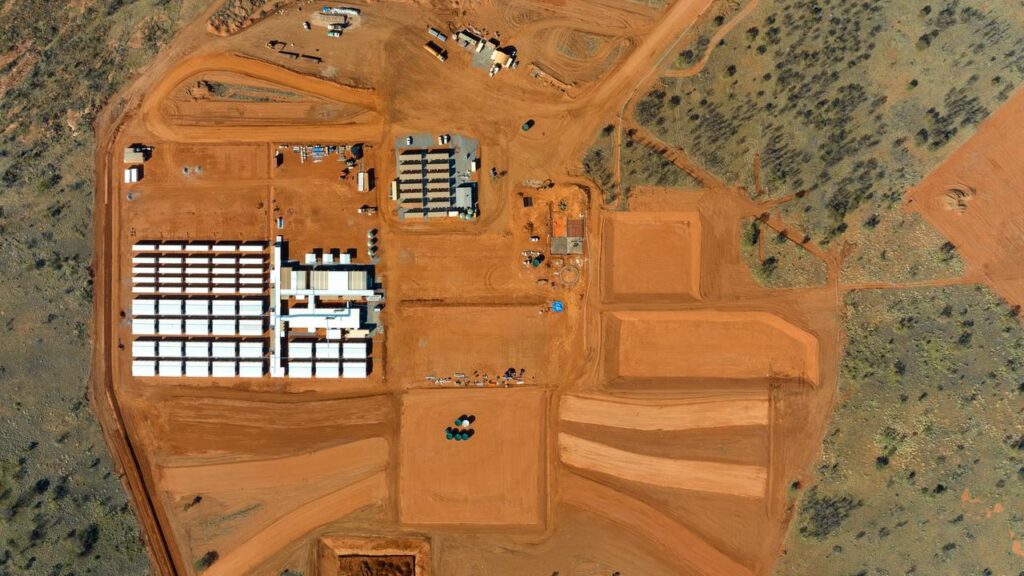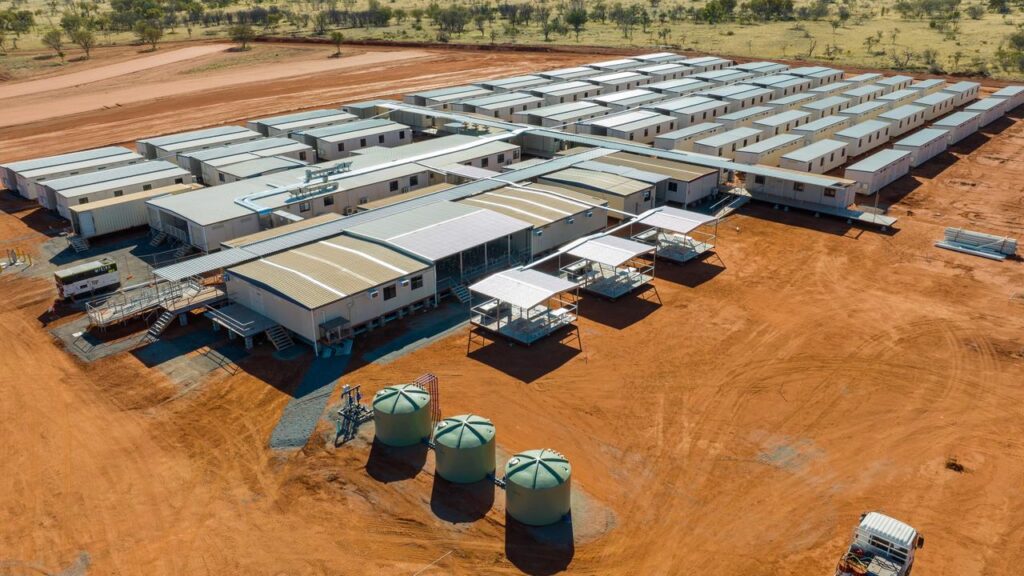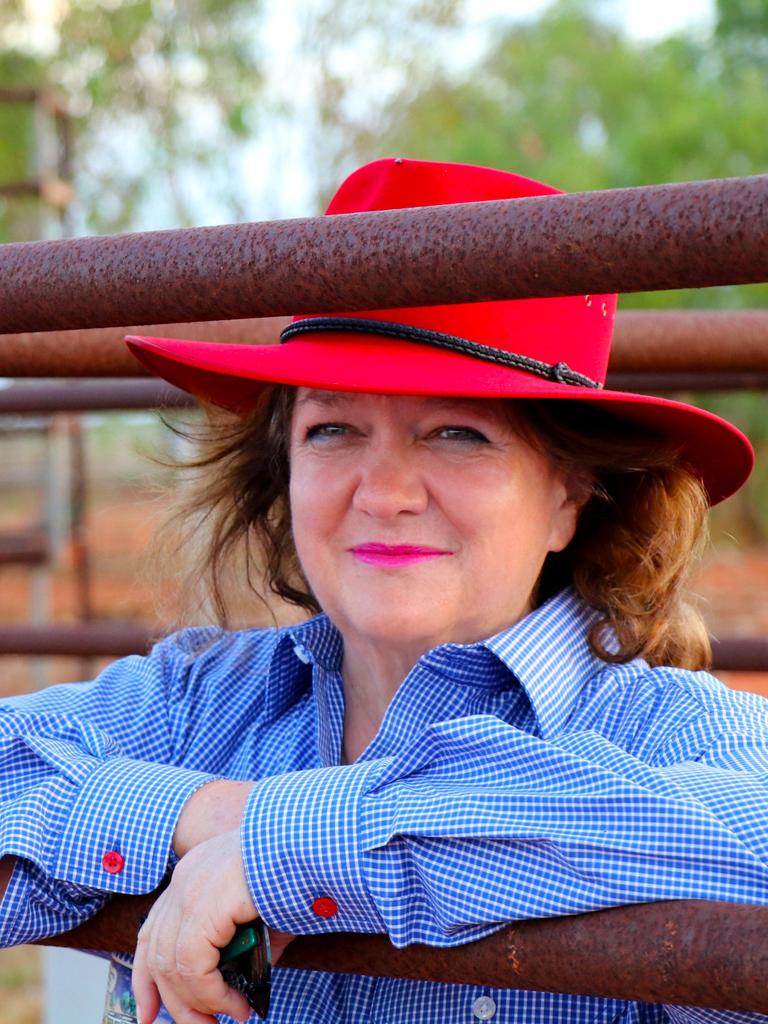

Gina Rinehart has taken advantage of the slump in the value of rare earths companies to buy four key strategic equity positions that provide a potential springboard for Rinehart to become a major force in this free world electrification
Governments led by America, Australia and other Western nations have been disappointed that major miners turned their back on the potential of rare earths. For the majors it meant investment in complex mineral processing and taking on the might of China.
As a cash rich family business, Gina Rinehart had can set aside those fears and take a long view of the likely rewards from achieving global leadership of an essential free world industry.
At this stage Rinehart has outlaid “petty cash” (less than $US100m) to gain key footholds, but the investments make no sense unless they are the first stage of much bigger strategic moves to unite the industry to compete with China.
In the case of nickel, electric vehicles and solar panels the Chinese strategy is to reduce the price substantially to make non Chinese production uneconomic for its western rivals. And there are early signs of success with BHP pulling back from nickel. Gina Rinehart’s capital backing, plus US and Australian government help, can ensure that the western world’s rare earths industry will not be bullied by China.
Lang Hancock saw the potential of Australian iron ore but he took a royalty in his base discoveries leaving groups like BHP and Rio Tinto to dominate a global industry that transformed steel making.
His daughter moved directly into iron ore production and achieved huge rewards. Now she can see that rare earths will be the key to the global electrification transformation and her initial equity stakes indicate she wants to be a major player.

Rinehart has purchased minority positions in four significant participants in the rare earths industry: Lynas (5.8 per cent); MP Materials (5.3 per cent); Arafura Rare Earths (10 per cent) and Brazilian Rare Earths (5.8 per cent).
All have substantial investment programs some of which are funded by either the Australian or US governments.
Rinehart could simply see each of the investments as merely portfolio investments. But that’s not the Gina Rinehart style and the speed with which she acted last week indicates she will wants to be involved in the rationalisation of the industry.
Given the enormous cash flows coming out of her iron ore mines plus royalties, she is in a position to supply substantial capital to a rationalised industry.
Indeed Rinehart can potentially emerge as the controlling force in non-Chinese rare earths, although that’s a big step from four minority positions.
The two key companies in the Rinehart plunge are Australia’s Lynas and MP Materials in the US. Both companies have substantial cash producing investments in part of the rare earth supply chain and both aim, longer term, to be producers of a key final product—magnets. Both companies require similar heavy rare earths raw materials and have not fully secured their supplies.Australia will become deeply involved in this global strategic raw m
aterials issue. By investing in both Lynas and MP Materials, Rinehart can speed up the Lynas-MP merger process which fell over earlier this year and then focus on the raw materials.
Lynas is building a new rare earths processing facility in Kalgoorlie to process rare earth concentrate from its WA Mt Weld mine.
Material produced in Kalgoorlie will be further processed at the Lynas Malaysia advanced materials plant, or at the proposed rare earths separation facility in the US where the American government is funding a $A400m plant to build a rare earths refinery in Texas which will produce separated heavy rare earths like terbium and dysprosium – essential for electric car magnets.
The US will underwrite buying the material at market prices and Lynas, although it has injected minimal capital into the plant, takes all the profits. It’s a remarkable deal.
MP Materials has very similar aims to Lynas and it owns and operates the Mountain Pass Californian operation which it says is the only integrated rare earth mining and processing site in North America.

Given both companies need additional supplies of heavy rare earths last year Rinehart bought a minority interest in Brazilian Rare Earths which has a rich rare earth clay based deposit in Brazil. China’s reserves are also based in clay.
But since then Australian Rare Earths has also discovered extensive Chinese-style deposits of rare earth minerals in clay on the South Australian and Victorian border, which I described under the heading Rare earth discovery puts the nation on the cusp of a boom.
The American local content rules demand using American sources of raw materials but the definition of “American” embraces all countries they have free trade agreements with the US.
Brazil does not have a free trade agreement with Australia so Australian Rare Earths has an advantage over Brazil despite the Rinehart Brazilian equity. She has not bought shares in Australian Rare Earths.
Both the Brazilian and Australian clay based rare earths deposits are much higher grade then the big China deposits
Separately, Rinehart also bought 10 per cent of Arafura where the Australian government will provide up to $840m (US$550m) to help deliver Australia’s first combined rare earths mine and refinery in the Northern Territory.
The Arafura project is involves complex processing and is a much longer term operation than Lynas and MP Materials. But Rinehart will be at the Arafura rare earths table as she will be at all the others.
Australia could be a big winner.















